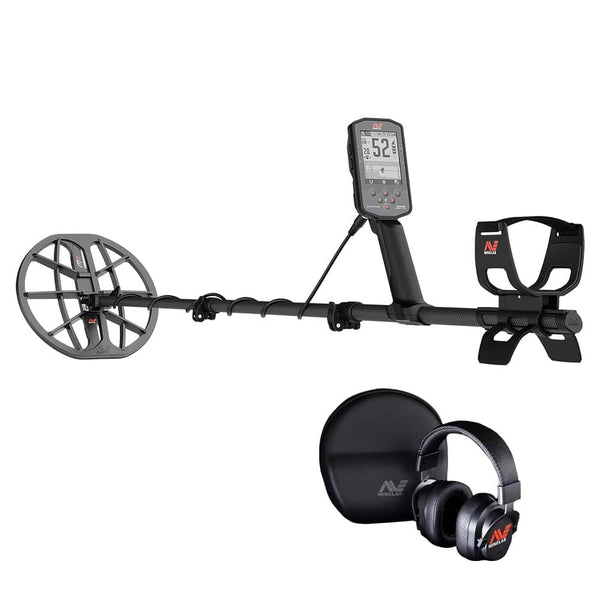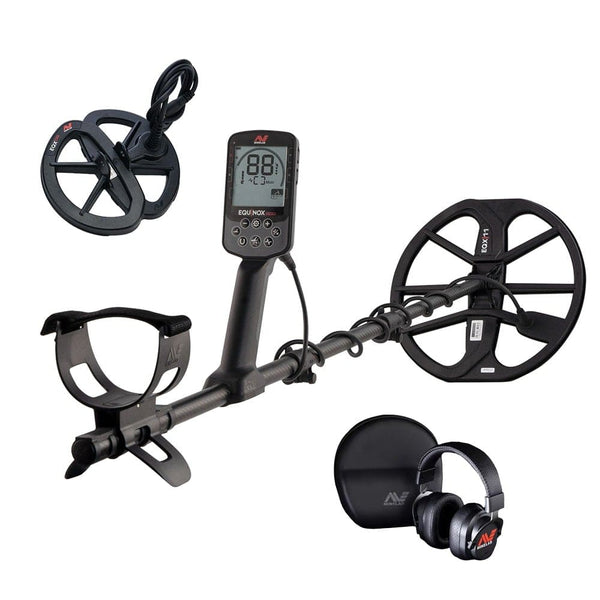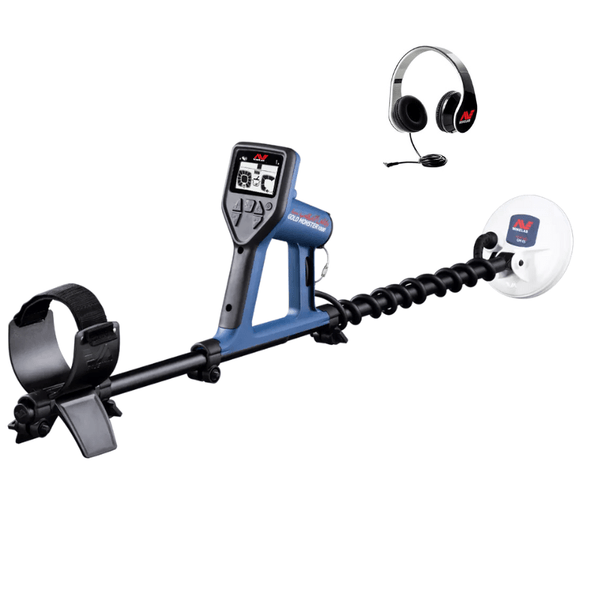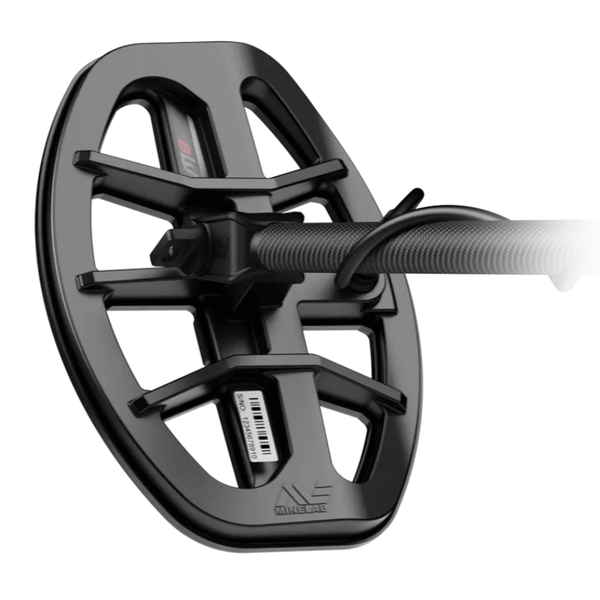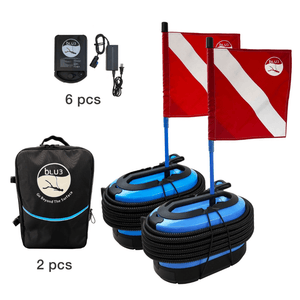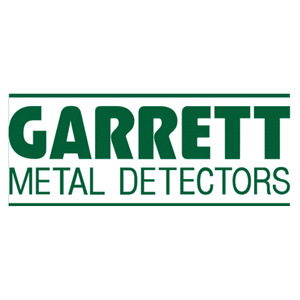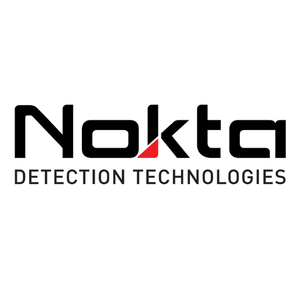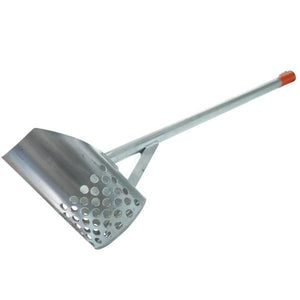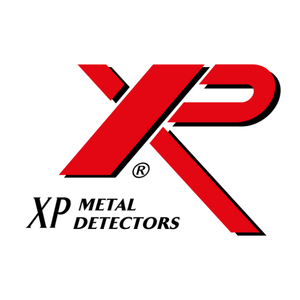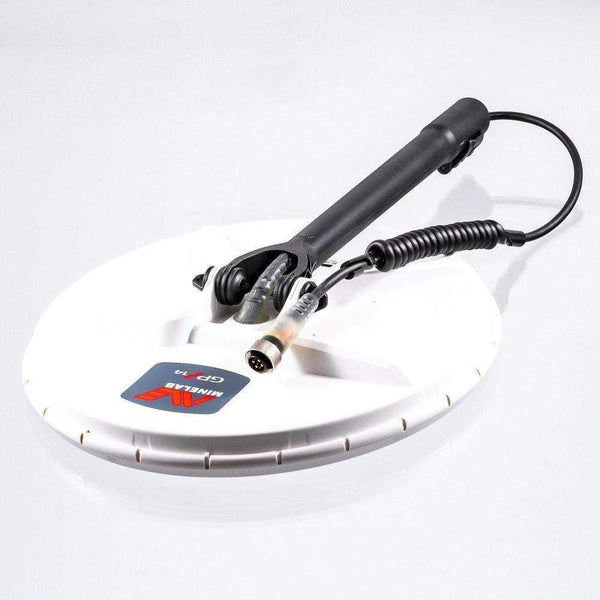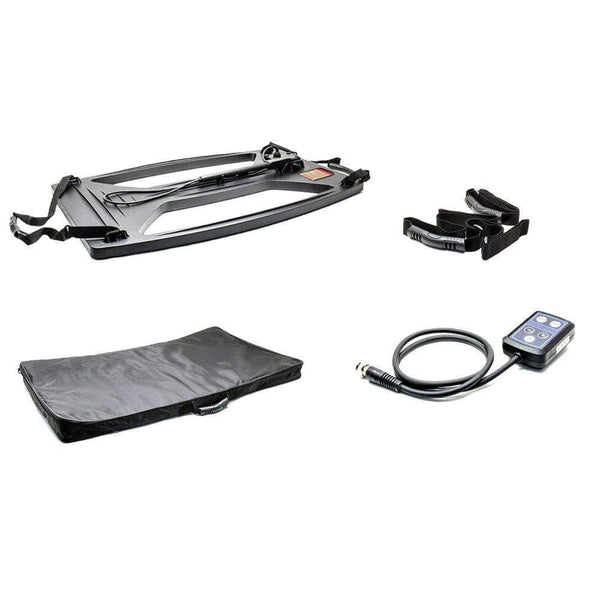The Top 10 Metal Detectors for Gold
Gold, a valuable metal that has fascinated people for hundreds of years, is still a prize that prospectors and hobbyists want to find. For gold mining to go well, it requires the right equipment, which is an effective metal detector that can find gold chunks and flakes. In this detailed guide, we'll look at the top 10 metal detectors for gold, each of which has its own features, powers, and price range. The detectors are mentioned in order of ability, from most to least effective.
Before the List, Do You Know What Makes a Good Gold Metal Detector?
Gold prospectors who have done this for a while know that most gold found in nature is small. When most people think of a gold nugget, they picture a small piece of gold about the size of a chicken nugget. This rarely happens. Unless you are in a place where big nuggets are common, most gold will be in small pieces that weigh less than a gram. This makes metal finding very hard, and you need a metal detector that can correctly find such small pieces of metal. A big gold nugget can be found by almost any metal detector. Small gold bits that weigh less than a gram are hard to find with most metal detectors.
The operating frequency of a metal detector plays a huge role in how well a metal detector can find small pieces of gold.
Usually, metal detectors that work at certain frequencies are used to find gold. The exact frequency at which a metal detector can find gold depends on how the device is made and what it uses. Gold is easy to find with a metal detector because of the way it conducts electricity and is magnetic. Here are some rules of thumb:
-
Low Frequencies (under 10 kHz): Low-frequency metal detectors are better at finding bigger gold nuggets and gold targets that are deeper in the ground. Prospectors and gold hunters often use these devices in places where there is a lot of gold. Most of the time, frequencies between 3 kHz and 7 kHz are used for this.
-
Medium Frequencies (10 kHz to 30 kHz): With these frequencies, you can find both small and big pieces of gold. They can hold both tiny gold nuggets and bigger pieces of gold jewelry. In this frequency band, there are a lot of mid-range metal detectors.
- High Frequencies (above 30 kHz): Metal detectors with higher frequencies can find smaller pieces of gold, like gold flakes and small gold bits, better. They are often used to look for gold in places where small pieces of gold are popular.
When metal detecting for naturally occurring gold, often prospectors are searching for larger deposits of concentrations of gold. In this case the metal detectorist is likely detecting in areas where they will encounter heavily mineralized soils. In this instance a Pulse Induction metal detector is often desirable. This technology helps the detector eliminate unwanted signals allowing you to hear even small deep targets clearly through Mineralized Ground. Pulse Induction metal detectors are the type of metal detector you can use to find higher concentrations of small gold particles prior to mining a location.
- Price: High-End
- Frequency: Zero Voltage Transmission (ZVT) technology, there are many different frequencies.
-
Benefits:
- Superior Depth: The Minelab GPZ 7000 can go approximately 2.5 feet. and find even the smallest gold bits.
- Advanced Technology: It uses Zero Voltage Transmission (ZVT) technology, which reduces noise from the ground and boosts signals from the targets.
- Waterproof Coil: You can explore in shallow water and wet places because the coil is waterproof.
- Another notable mention that is very comparable to the 7000 is its little brother, the Minelab GPX 6000 Gold Metal Detector.
- Price: High-End
- Frequency: Multi Period Sensing (MPS) technology, which operates across a wide range of pulse induction frequencies.
-
Benefits:
- Superior Depth: The Minelab GPX 6000 can go approximately 2.5 feet. and find even the smallest gold bits.
- Advanced Technology: Powered by GeoSense-PI Technology, it is fast, light and simple to use.
- Waterproof Coil: You can explore in shallow water and wet places because the coil is waterproof.
3. Garrett ATX
- Price: High-End
- Frequency: Pulse Induction (PI) technology. 18 kHz.
-
Benefits:
- Extreme Sensitivity: The Garrett ATX works well in dirt with a lot of minerals, and it can find small gold bits.
- Adjustable Frequency: You can change the frequency of the monitor so that it works best in different situations.
- Waterproof: This detector can be used to look for gold in riverbeds because it can be used in water up to 10 feet deep.
- Price: High-End
- Frequency: Pulse Induction (PI) technology 2.4 kHz.
-
Benefits:
- Compact and Portable: The SDC 2300 is small and easy to fold up, which makes it perfect for exploring in remote areas.
- Extreme Sensitivity: It is very good at finding small pieces of gold in rough ground.
- Waterproof: This detector is completely waterproof, so you can use it to look for gold in streams and other small bodies of water.
- Price: Higher-Range
- Frequency: 6 frequencies choices with a range from 4 kHz to 40 kHz
-
Benefits:
- Affordable Mid-Range: The Equinox 900 strikes a good mix between price and performance, making it a good choice for gold prospectors who want to step up their game.
- Advanced Discrimination: It has improved filtering settings that make it easier to find gold while reducing the effect of other metals.
- User-Friendly Interface: It was made to be easy to use, and both new and expert metal detectorists can use it to find gold.
- Price: Mid-Range
- Frequency: Multiple frequencies with a range from 45 kHz to 65 kHz
-
Benefits:
- Auto Sensitivity: The Gold Monster 1000 has an automatic sensitivity change that makes it work best on different types of ground.
- High-Speed Signal Processing: It quickly processes messages, so you don't miss out on any possible gold targets.
- Lightweight and Portable: Easy to carry so you can search on the go.
- Price: Mid-Range
- Frequency: 19 kHz.
-
Benefits:
- High Sensitivity: The Gold Bug Pro is known for being very sensitive to small bits of gold.
- Adjustable Ground Balance: It has both automatic and manual sets for ground balance to get rid of false signs in mineralized soil.
- Lightweight: The form makes it easy to use for long periods of time because it is small and light.
- Price: Mid-Range
- Frequency: 61 kHz
-
Benefits:
- Versatility: The Gold Kruzer has three search modes, one of which is just for gold, so it can be used in a variety of metal detection situations.
- Wireless Headphones: It comes with portable headphones, which make it easier to move around and give you more freedom.
- Waterproof: This device can go all the way under water, so you can use it to look in rivers and streams.
- Price: Mid-Range
- Frequency: 18 kHz
-
Benefits:
- Highly Sensitive: Small gold bits and flakes are easy to find with the AT Gold.
- Digital Target ID: It gives a number target ID that makes it easy to tell the difference between gold and other metals.
- All-Terrain Performance: This device is made to work in different kinds of places, from dry areas to wet riverbanks.
10. Fisher Gold Bug
- Price: Mid-Range
- Frequency: 19 kHz
-
Benefits:
- Sensitive to Small Gold: Small gold nuggets are easy to find with the Gold Bug, even in mined dirt.
- Lightweight Design: It's easy to take and easy to use for long amounts of time.
- Simple Operation: The Gold Bug is easy to use, so it's good for people who are just starting out.
Conclusion
The search for gold, which has been going on for a long time, continues to be interesting to both fans and prospectors. Getting an accurate metal detector is the most important thing you can do to increase your chances of finding this valuable metal. In this guide, we looked at the top 10 metal detectors for gold, in order of how much they cost.
Whether you want to spend a lot on a high-end model or just want a cheap way to start, these devices work for a wide range of skill levels and budgets. Remember that the gold-bearing soils are like treasure chests that can be opened with the right tool, patience, and persistence. Good luck finding gold!
Please also check out our other useful guide to hone your gold prospecting skills:
"The Ultimate Guide to Gold Prospecting"



